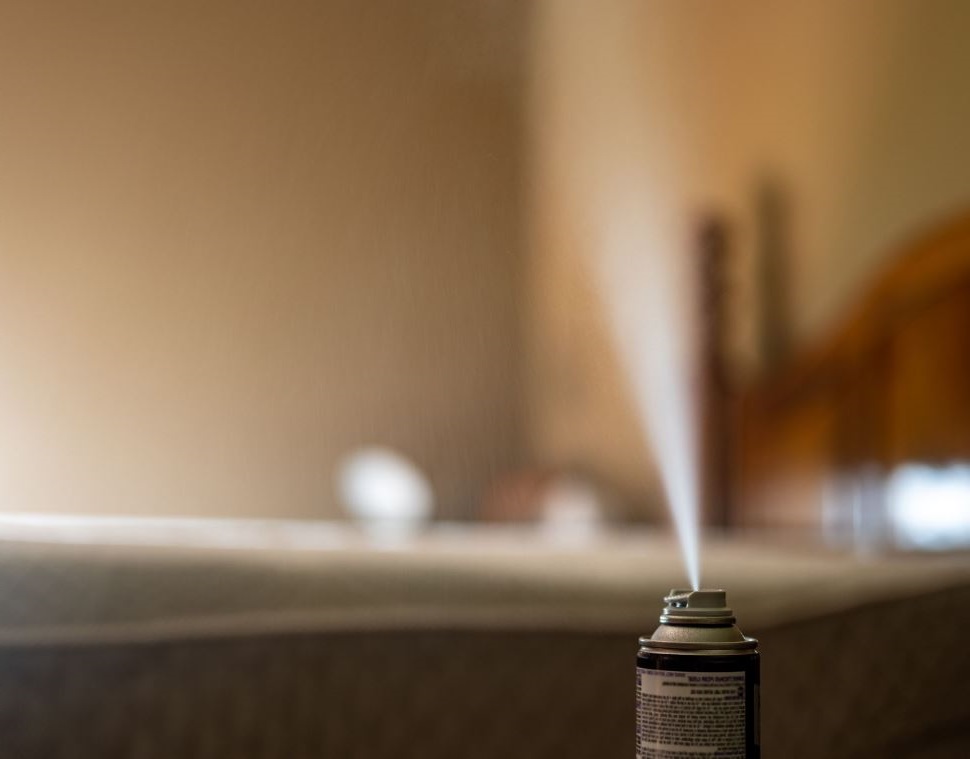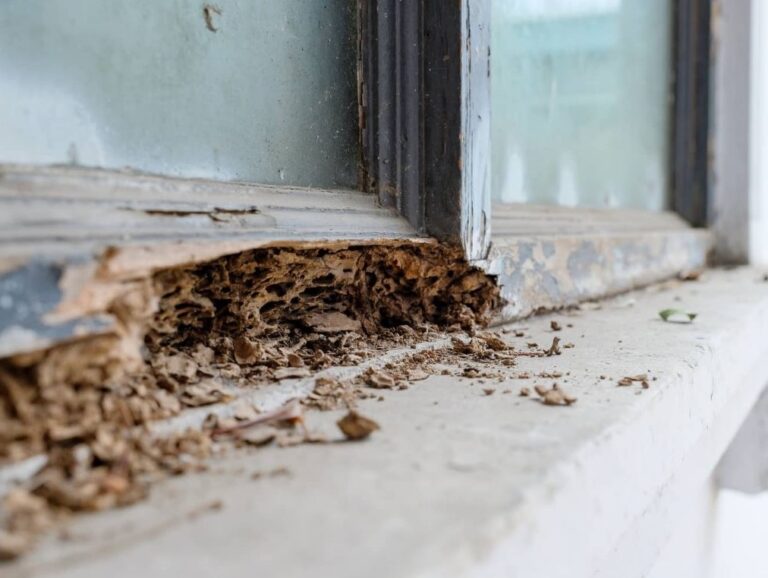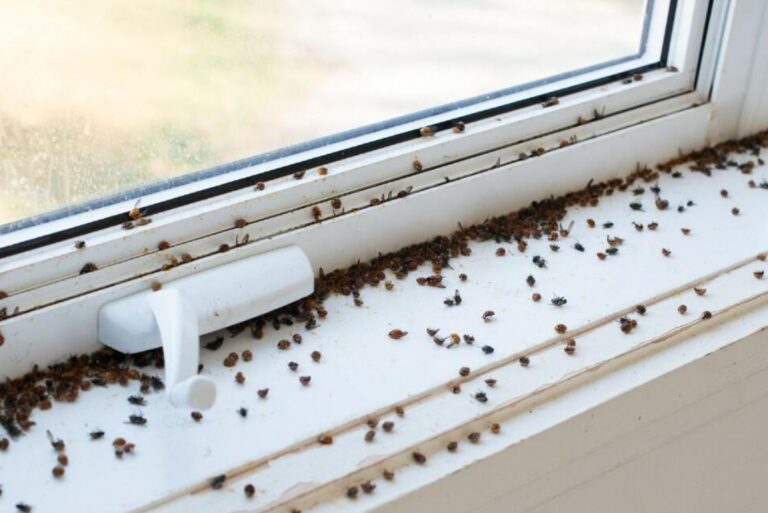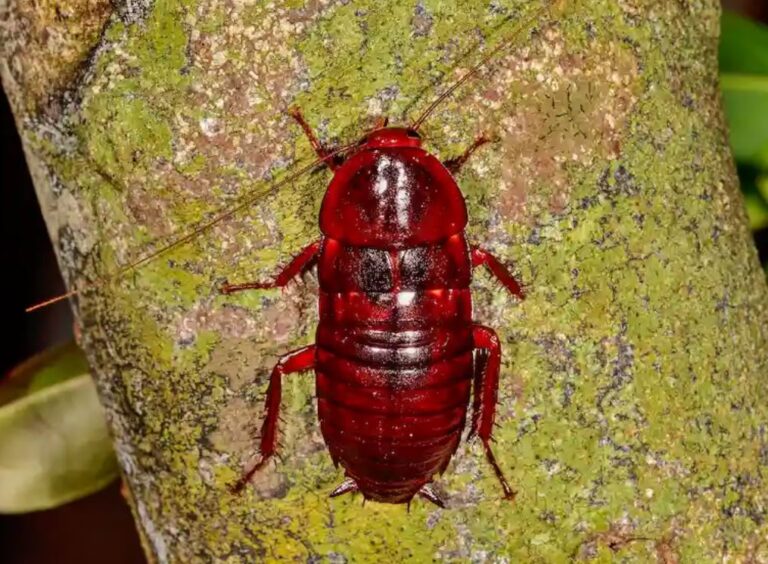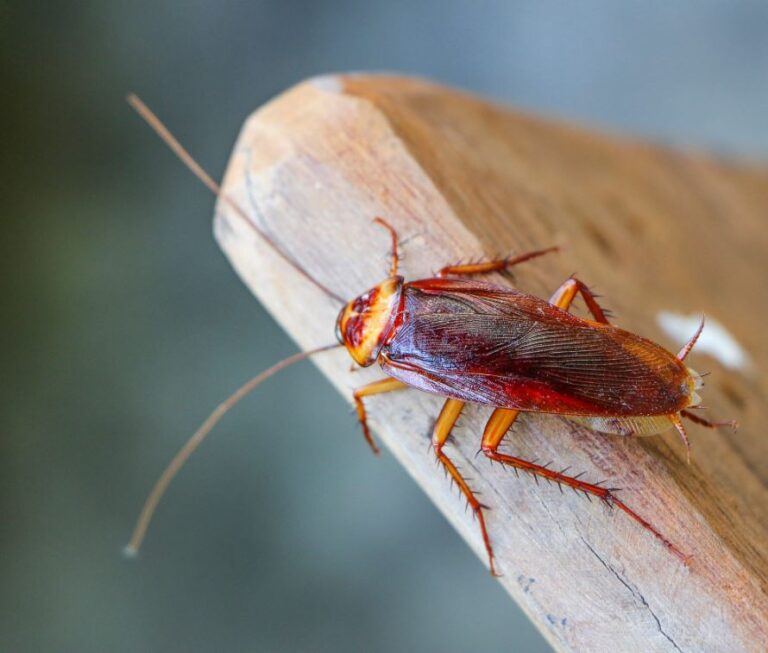Are Bug Bombs Safe? A Complete Guide to Using Foggers Correctly
Bug bombs, also known as foggers, are a popular pest control solution designed to eliminate insects quickly and efficiently. However, their convenience comes with potential risks—health hazards, fire dangers, and improper use can lead to serious consequences.
This comprehensive guide explores the safety of bug bombs, how they work, their effectiveness, and crucial precautions to take before using them in your home.
How Do Bug Bombs Work?
Bug bombs release a pesticide mist into the air, which settles on surfaces, killing insects on contact. They typically contain pyrethroids or pyrethrins, synthetic chemicals that attack the nervous systems of pests like:
- Cockroaches
- Fleas
- Ants
- Spiders
- Bed bugs (though foggers are often ineffective against them)
While foggers can be useful for widespread infestations, they have limitations and safety concerns.
Are Bug Bombs Safe? Potential Risks
Despite their widespread use, bug bombs pose several risks:
1. Health Hazards
- Respiratory Issues: Inhaling pesticide mist can cause coughing, shortness of breath, and throat irritation.
- Skin & Eye Irritation: Direct exposure may lead to rashes or burning sensations.
- Poisoning Risk: Accidental ingestion or excessive inhalation can cause nausea, dizziness, or even seizures (in extreme cases).
Vulnerable groups—children, pregnant women, pets, and people with asthma—should avoid exposure.
2. Fire & Explosion Risks
Bug bombs contain flammable propellants. If used near:
- Pilot lights (stoves, water heaters)
- Electrical sparks
- Cigarettes or open flames
…they can ignite, causing fires or explosions.
3. Ineffectiveness Against Hidden Pests
- Many insects (like bed bugs and cockroaches) hide in cracks, behind walls, or under furniture—areas foggers may not reach.
- Overuse can lead to pesticide resistance in pests.
How to Use Bug Bombs Safely (Step-by-Step Guide)
If you decide to use a fogger, follow these precautions:
1. Read the Label Carefully
- Follow the manufacturer’s instructions for room size and dosage.
- Note evacuation times (usually 2-4 hours).
2. Prepare Your Home
- Cover or remove food, dishes, and pet items.
- Turn off ignition sources (gas, electronics).
- Seal cabinets and drawers to protect belongings.
- Vacate people and pets (including birds and fish).
3. Place Foggers Correctly
- Set them on a raised, stable surface (not on the floor).
- Use one fogger per room (unless specified otherwise).
4. Ventilate After Treatment
- Open windows and doors to air out the space.
- Wipe down surfaces where residue may linger.
Are There Safer Alternatives to Bug Bombs?
If foggers seem too risky, consider these alternatives:
- Bait Traps & Gels (for roaches & ants)
- Diatomaceous Earth (non-toxic powder for crawling insects)
- Professional Pest Control (for severe infestations)
Final Verdict: Should You Use Bug Bombs?
Bug bombs can be effective for certain pests but come with significant risks. Proper usage is critical to avoid health and safety hazards. For heavy infestations, consulting a pest control expert may be a safer, more effective solution.

